in ground hardy citrus options for 7a?
cousinfloyd
12 years ago
Featured Answer
Sort by:Oldest
Comments (31)
fabaceae_native
12 years agomrtexas
12 years agoRelated Discussions
Hardy citrus in zone 6?
Comments (117)I live in Utah zone 6b - 7a fluctuations. Last winter I grew a 6 inch tall tiny 'Prague' chimera citrus outdoors in-ground in a micro climate next to the south wall of my house. Temperatures dropped as low as 15 F. This tree was heavily mulched with wood chips and caged in poultry wire with a plastic tarp wrapped around it. From December 20 to Jan 15 I surrounded the cage with old milk jugs that were repeatedly warmed in the micro-wave around midnight any-time temperatures dropped below 20F. Not only did the 'Prague' tree survive the winter without defoliation but the citrus has tripled in size this year of 2022. Additionally I grew a 2 foot tall 'Nippon' orange-quat with the same procedure and the Nippon pushed out beautiful new growth last spring and is fruiting for me this year although it suffered some defoliation and 1/3 of the old leaves look damaged. I was able to harvest some fruit from 'Nippon' last December and successfully germinated a dozen seeds. Additionally both of these trees have survived summer temperatures up to 107F. The Nippon suffered some scorch in the most exposed leaves. I intend to continue growing 'Prague' and 'Nippon' citrus tree in the ground and espalier them against my home each winter as they mature. Due to my recent success I intend to also try a very cold hardy tangerine hybrid the same way. All of these citrus are grafted to Poncirus 'Flying Dragon' root stock. Good Luck Howard! Most of the folks bragging about growing a citrus tree in a cold zone are from zone 8 so I think growing citrus in the ground outdoors in zone 6or 7 takes effort and is something to be proud of. Keep trying! You will figure something out....See Moreyuzu and other hardy citrus
Comments (11)I don't think it can survive 0 F but I know it can survive 10 F, although it sometimes doesn't do the best. They are completely unfazed down to 15-16 F. Here's a picture of a Yuzu tree (growing outside unprotected) in the Nikitsky Botanical Garden in Crimea, zone 8b. That's about at the same latitude as Eugene, Oregon. Yuzu can survive zone 8, but I don't think they can survive zone 7. Although it's full of lots of seeds and therefore doesn't have much juice, one of the attributes about Yuzu is that it has relatively tender rind that's not really that bitter. For cooking purposes, you don't need to remove the rind (and in fact there won't be that much usable part of the fruit if you did). It has its own unique flavor, more like sour orange, Satsuma mandarin, lemon mixed in, and a little hint of grapefruit to the aroma. The fruits are very aromatic, with a pungently deep spiciness. There's no other citrus that has quite the same aroma. By the way, Yuzu tastes nothing like poncirus. It may be pretty sour like a lemon but it does have good flavor and finds use in Japanese cuisine. I went to the Japanese market and put Yuzu extract juice on my fish, and have also used Yuzu salad dressing....See Morecold hardy citrus
Comments (76)Well, when you're President of the US, maybe you can allocate a good bit of research $$ to the Dept of Agriculture to do some more hardy citrus breeding....See MoreI'm breeding new cold-hardy citrus varieties for zone 8
Comments (154)Herman, thanks for the update. It’s great to see fruit already. How large are the Conestoga 026 Segentrange and Poncirus Plus fruit? They look similar to PT…….or are they larger…….photos can be hard to judge. Great to hear 5* Citrumelo has some sweetness. Fruit ripens around Thanksgiving……but the size is clearly larger than PT…….a nice selection. Getting fruit in 3 years is very fast. I gave my brother who lives in Fairfax, VA a seed grown Citrumelo 12 years ago and it still hasn’t bloomed! Keep the updates coming....See Morecousinfloyd
12 years agotrianglejohn
12 years agocousinfloyd
12 years agotrianglejohn
12 years agomrtexas
12 years agomrtexas
12 years agoshane11
12 years agofabaceae_native
12 years agogreyghost61
12 years agoshane11
12 years agofabaceae_native
12 years agogonebananas_gw
12 years agoshane11
12 years agofabaceae_native
12 years agotrianglejohn
12 years agoshane11
12 years agofabaceae_native
12 years agoshane11
12 years agogonebananas_gw
12 years agocrispy_z7
12 years agotantanman
12 years agoponcirusguy6b452xx
10 years agotcamp30144(7B N.ATLANTA)
10 years agotcamp30144(7B N.ATLANTA)
10 years agoponcirusguy6b452xx
10 years agotcamp30144(7B N.ATLANTA)
10 years agoJay B
8 years agoshane11
8 years ago
Related Stories
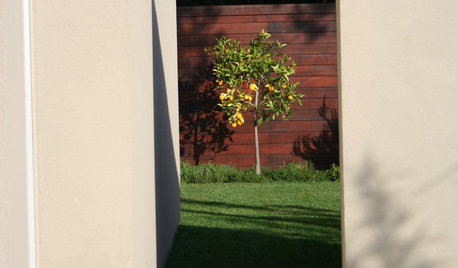
GARDENING AND LANDSCAPINGCitrus 101: Start Your Own Backyard Orchard
This Earth Day Weekend, Add Some Green, Style and Deliciousness to Your Landscape
Full Story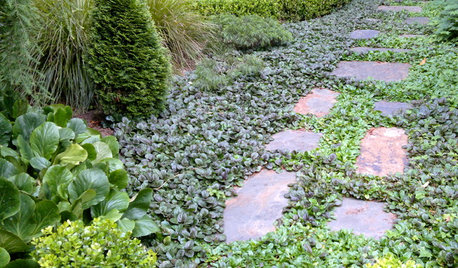
GROUND COVERSGround Force: 10 Top Ground Covers for Your Garden
Protect your soil from weeds and drought this summer with a living mulch of ground covers
Full Story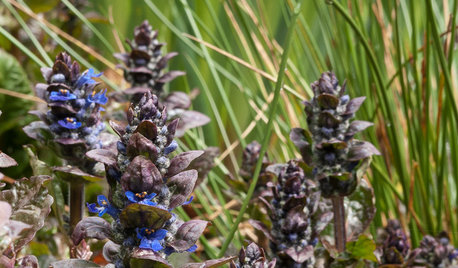
GARDENING GUIDESGreat Design Plant: Bugle Weed, a Quick Ground Cover
It’s highly adaptable, suppresses weeds, reduces erosion and provide weeks of bright flowers. Just watch for invasiveness
Full Story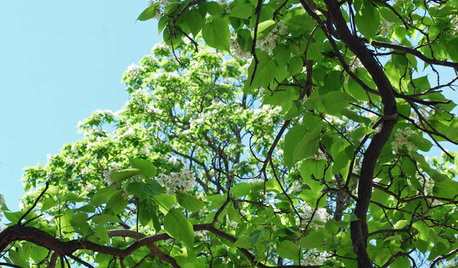
LANDSCAPE DESIGNGreat Design Plant: Retreat to the Shade of Hardy Catalpa
Big foliage and a towering height provide a shady respite in summer, but that's not all hardy catalpa offers dedicated gardeners
Full Story
GARDENING GUIDES6 Deer-Resistant Ground Covers to Plant This Fall
Learn about some of the only low, spreading plants that are reliably deer-resistant
Full Story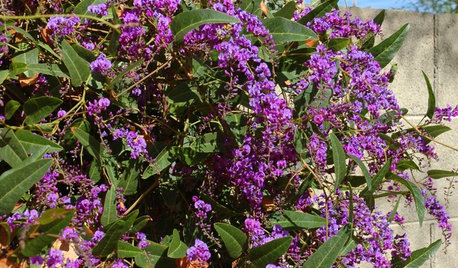
GARDENING GUIDESGreat Design Plant: Lilac Vine for a Purple Profusion in Winter
Grow this pretty, hardy vine on a fence or as a ground cover for blooms throughout the colder months
Full Story
GARDENING GUIDES5 Weed-Smothering Ground Covers
Let these landscape plants do the dirty work of choking out weeds while you sit back and enjoy the view
Full Story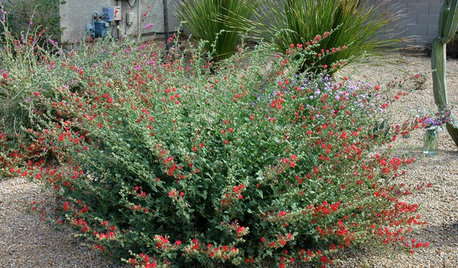
GARDENING GUIDESSouthwest Gardener's February Checklist
Orange you glad for a citrus-fertilizing reminder? And don't forget the recommended doses of vegetable seeds and cold-hardy flowers
Full Story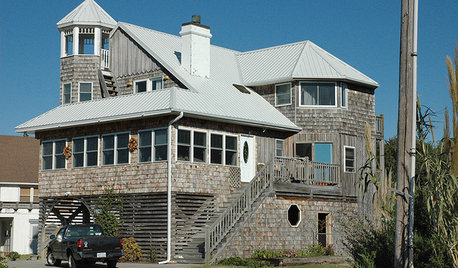
REMODELING GUIDES8 Ecofriendly Roof Options for Low Budgets and Up
Save resources with a cooling or sustainable roof or add-on that looks great and fits your price range
Full Story
GARDENING GUIDESGreat Design Plant: Kumquats for a Juiced-Up Winter
Grow it for the edible fruit or its good looks alone. This citrus cousin will brighten any gray winter day
Full Story



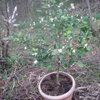
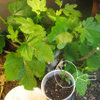
shane11